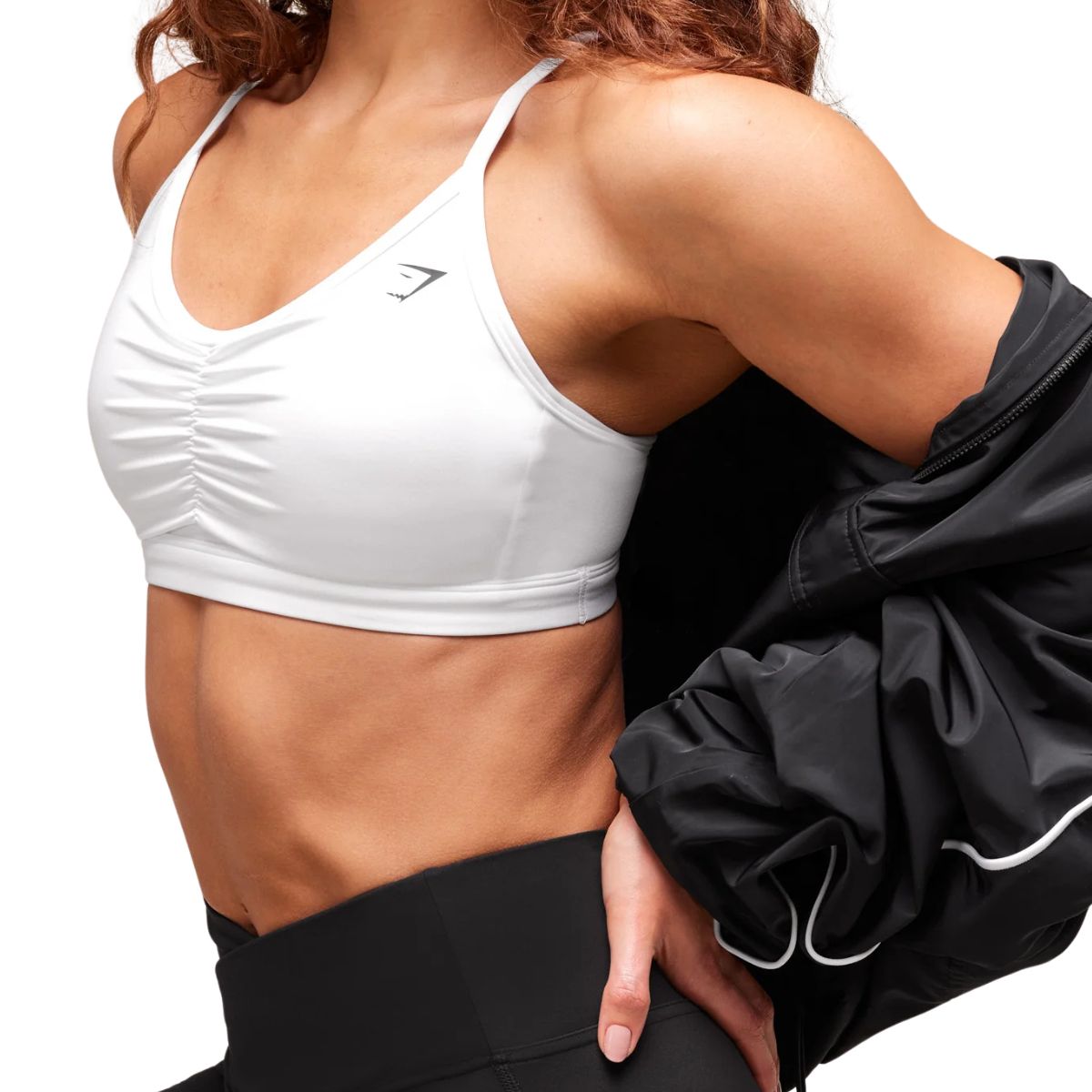Move Over, Walking Workouts - I Tried Side-Stepping Workouts for a Week and My Glutes Were on Fire
*Slide to the left, slide to the right*
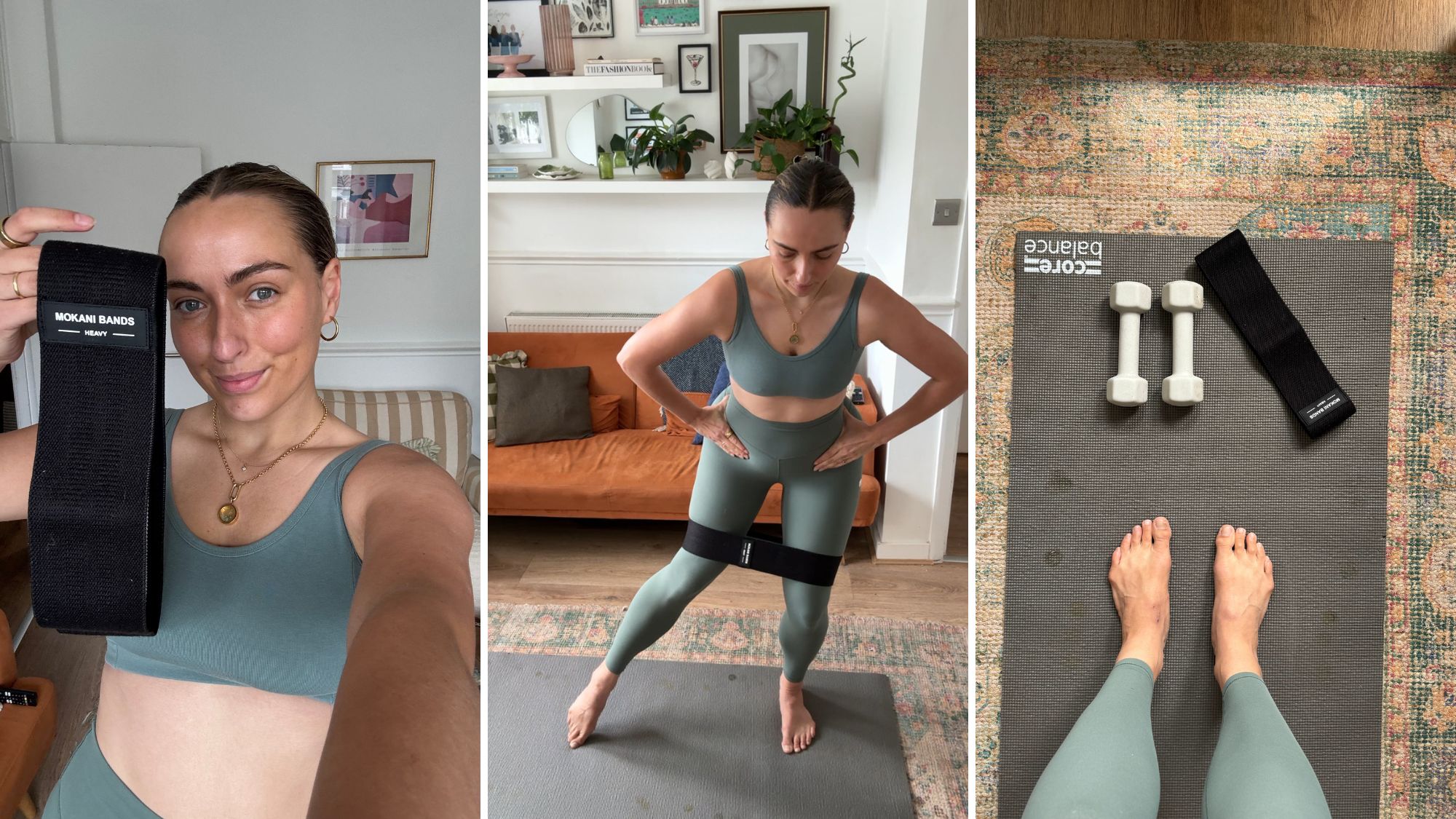

Walking workouts have earned billions of views on TikTok, but the real underdog in the low-impact fitness world? Side-stepping. Research shows that this simple lateral movement does far more than warm you up before a workout - it strengthens key stabilising muscles, improves balance, and can even outshine forward walking when it comes to targeting your glutes.
One study published found that lateral band walks (a classic side-step variation) activate the gluteus medius up to 40% more than squats, making them one of the most effective exercises for hip and knee stability. Another 2018 review highlighted that strengthening these side-hip muscles can reduce knee pain and improve joint alignment, particularly in runners and people with sedentary jobs.
At first glance at this peculiar exercise trend, I rolled my eyes. But curiosity (and my incredibly tight runner’s hips) got the better of me. Having injured myself running last year, I recognised many of the moves from my physio sessions - the very same ones that helped me rebuild strength and improve my balance. It dawned on me that side-stepping, however awkward it looks, is an underrated, low-impact exercise that can seriously fire up your muscles in minutes.
My resistance band is my best friend and my worst enemy: it’s a simple loop of elastic that turns “easy” moves into fire-starting, glute-scorching workouts. So, I set out to see what would happen if I swapped my usual walking workouts for a week of daily side-stepping. Spoiler: the burn is real, and my glutes have never felt stronger.
If you're not yet acquainted with a resistance band, you can check out our explainers on resistance training vs weight training, the best resistance band leg workouts and the best resistance band exercises. If you've never used the bit of fit kit before, these expert-led round-ups of resistance band leg workouts for beginners and the most effective resistance band workouts of all time will come in handy.
Side stepping is trending as a more effective low impact workout: so I tried it
The appeal of walking workouts is obvious - no equipment, no gym membership, no complex choreography. But side-stepping taps into something slightly different. It’s not just about getting your steps in; it’s about moving in a way we rarely do. We spend most of our days moving forward - running, walking, climbing stairs. Lateral movements, like side stepping, fire up neglected stabilising muscles around the hips, glutes, and knees.
“It’s all in the intent,” says Kitty Alicee, personal trainer and founder of Counter Poise Wellness. “You can shuffle through the movement, or you can engage your core, stay low, and push through your heels. That’s when your glutes, legs, and lungs kick in - and that’s when you feel the burn."
Celebrity news, beauty, fashion advice, and fascinating features, delivered straight to your inbox!
She’s not wrong. Even just 30 seconds of side-stepping with good form had my outer thighs and glutes on fire. Add a resistance band around your thighs, and suddenly it’s a full-on workout.
What is side stepping?
In simple terms, side-stepping is a lateral walking exercise, where you move sideways instead of forwards. It’s often used as a warm-up in sports and strength training because it targets the hip abductors, especially the gluteus medius, a key muscle on the side of your hips.
“Side stepping is more targeted than walking,” explains personal trainer India Harl. “It works the hip abductors and increases stability. It’s a common exercise in warm-ups as it activates muscles so they’re switched on and ready to go. It’s also great for injury prevention or rehab, especially for knee and hip issues.”
What are the benefits of trying side stepping?
- Glute activation and strength: Side stepping directly hits the gluteus medius, a muscle that often gets weak from sitting too much. “Weak glutes are linked to knee pain and poor balance,” Harl adds. “This exercise strengthens them and reduces lateral stress on the knee joint.”
- Improved stability and balance: Training your body to move laterally improves overall coordination and functional strength.
- Low-impact cardio: Pick up the pace and side stepping quickly turns into a heart-raising workout that also builds strength and stability. “It’s great for anyone recovering from an injury or looking to prevent one,” says Harl. “Even five minutes on your break can have long-term benefits for hip strength and knee health.”
- Versatility: “Want more burn? Drop lower in your stance. Want more cardio? Move faster. Add a band around your ankles for an extra challenge,” says Alice.
Who is side stepping best for?
This workout is a winner for pretty much anyone. It’s gentle on the joints, making it ideal for beginners or those returning from injury. It’s also a smart warm-up for runners, cyclists, or strength training sessions. “I was prescribed side-stepping when I had runner’s knee,” Harl shares. “Strengthening my hips took pressure off my knees and helped me recover.”
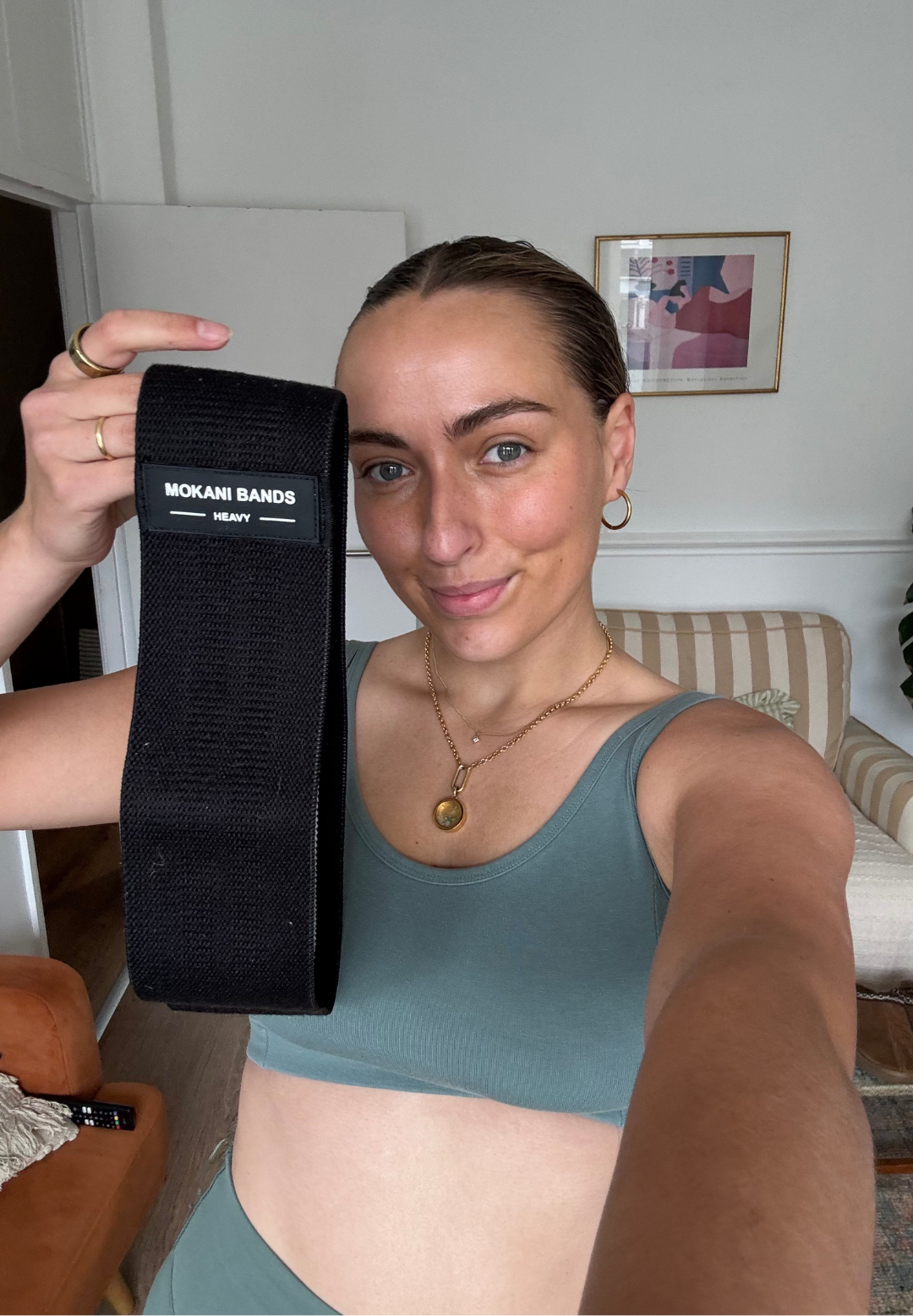
Georgia added a resistance band to her side-stepping workouts for an extra glute burn
What does the current research on side stepping say?
While studies specifically on side stepping are limited, research consistently highlights the benefits of lateral training for injury prevention, balance, and lower body strength.
A 2020 study found that hip abductor strengthening (which includes exercises like side stepping) significantly improves knee stability and reduces the risk of knee pain in runners.
My week of side stepping workouts
Days one to three
I'm in the middle of a half-marathon training block, which means my mileage is high, but my strength training is being neglected more than I'd like to admit. My glutes have been feeling particularly tight, and I knew it was time to start paying attention to them.
On day one, I found a simple 10-minute side-stepping workout on YouTube, grabbed my resistance band, and got to it. Within minutes, my glutes were on fire - that deep, searing burn that tells you exactly which muscles have been neglected.
By day three, the DOMS had set in, and I’d started to appreciate how deceptively tough this movement is. The combination of staying low, controlling my steps, and maintaining tension in the band left me feeling sore in a way I hadn’t felt since my early running days. It was humbling, but I could already sense the benefits - stronger glutes mean better running form and fewer aches on long runs.
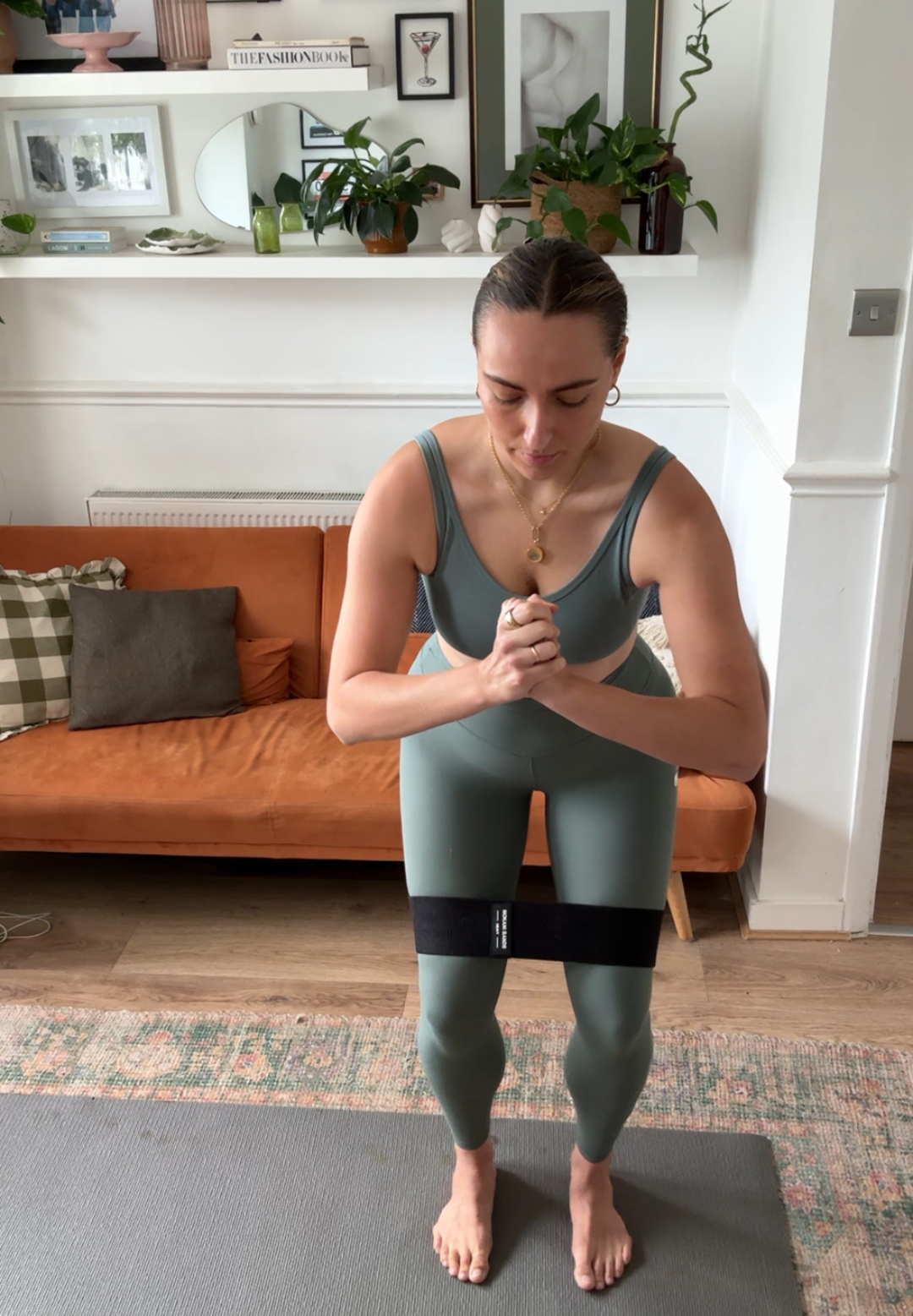
Georgia practising side stepping using a resistance band
Days four to seven
By midweek, I added speed intervals - 30 seconds of quick-fire shuffles followed by ten slow, controlled steps with a heavier band around my ankles. Alicee’s words about intent kept echoing in my head: stay low, move with purpose. It made all the difference.
By day seven, my hips felt more open, my glutes stronger, and my knees happier. I even noticed an improvement in my running form during a weekend-long run - I was faster, and had more stability in my strides.
Would I continue with side-stepping workouts?
Absolutely. Side-stepping is deceptively simple but so effective. It’s the perfect add-on to a run or strength session, or even as a five-minute desk break if you work from home. Plus, it’s a reminder that fitness isn’t always about going harder or faster; sometimes, a few lateral moves can do wonders.
Shop MC's fitness must-haves right now
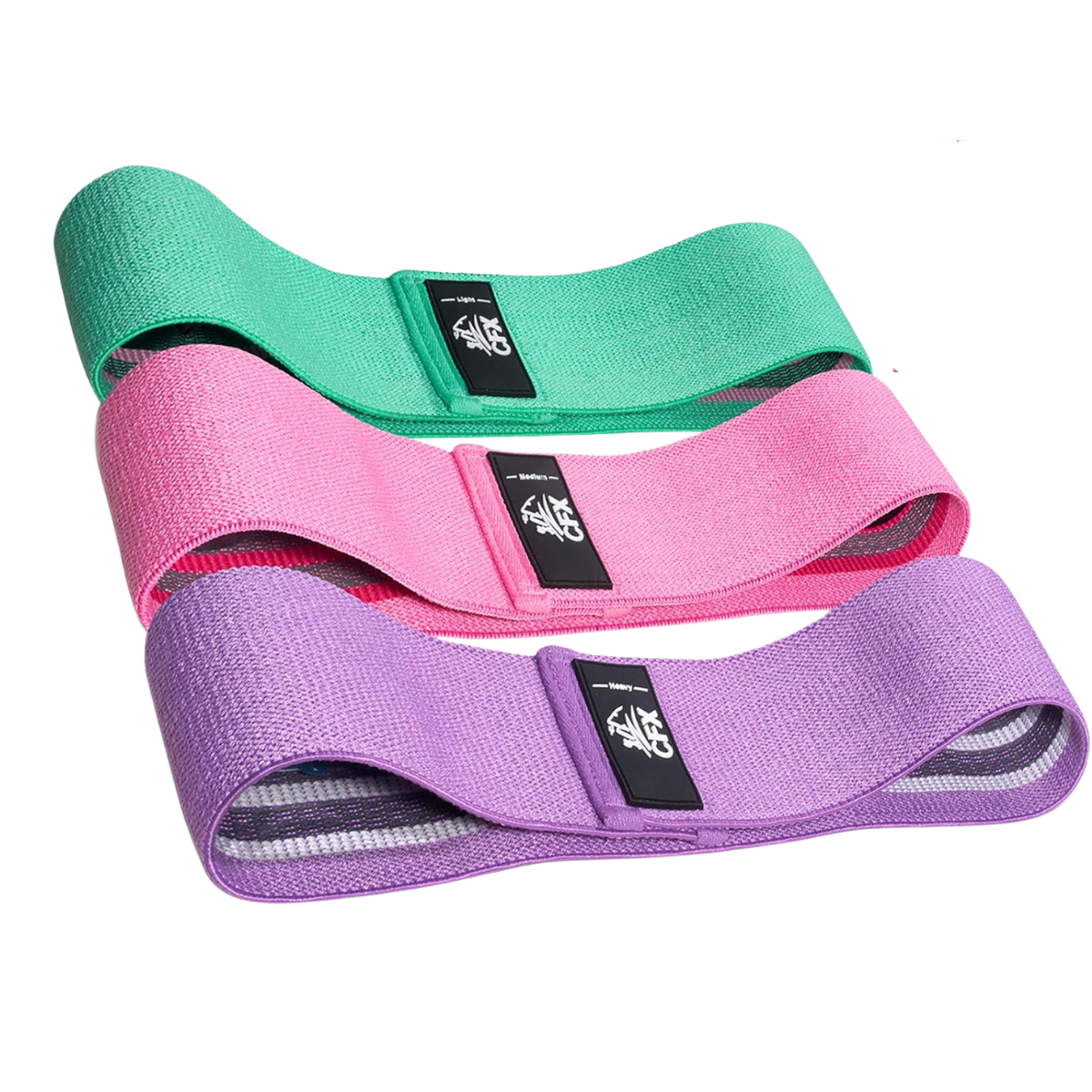
These wide, woven fabric resistance bands are my go-to side-stepping accessory - my best friend and worst enemy in one. The sturdy, non-slip design grips your skin whether you place it around ankles or thighs, so you can focus on staying low and powering each lateral step without having to readjust mid-set.

This is the mat if you want something that won’t budge while you’re side-stepping or stretching it out post-workout. The 5mm cushion is perfect for achy knees (half marathon training = hello sore joints), and the grip is unreal - even when you’re sweaty. It’s pricey, but it feels like a forever mat, and it makes every glute-burning band session feel just that bit more comfortable.
Is side stepping better than walking?
“Not necessarily better - just different,” explains India Harl, a qualified personal trainer. “Side stepping targets muscles that walking doesn’t, particularly the hip abductors and glutes, which are key for stability and injury prevention.”
How long should a side-stepping workout be?
“Start small,” advises Harl. “Even five minutes on your break is enough to switch on your glutes and protect your knees, especially if you sit a lot. You can build from there as your strength improves.”

Georgia Brown is a freelance journalist covering fashion, lifestyle, heath and fitness. With bylines in Harper’s Bazaar, Women’s Health, and HELLO! where she formerly held the position of Senior Lifestyle & Fashion Writer, she’s also the co-founder of run club Sunnie Runners and is a devoted marathoner. With a particular love for sustainable fashion and slow living, Georgia can often be found sifting through London's best vintage stores to find the best pre-loved pieces.
